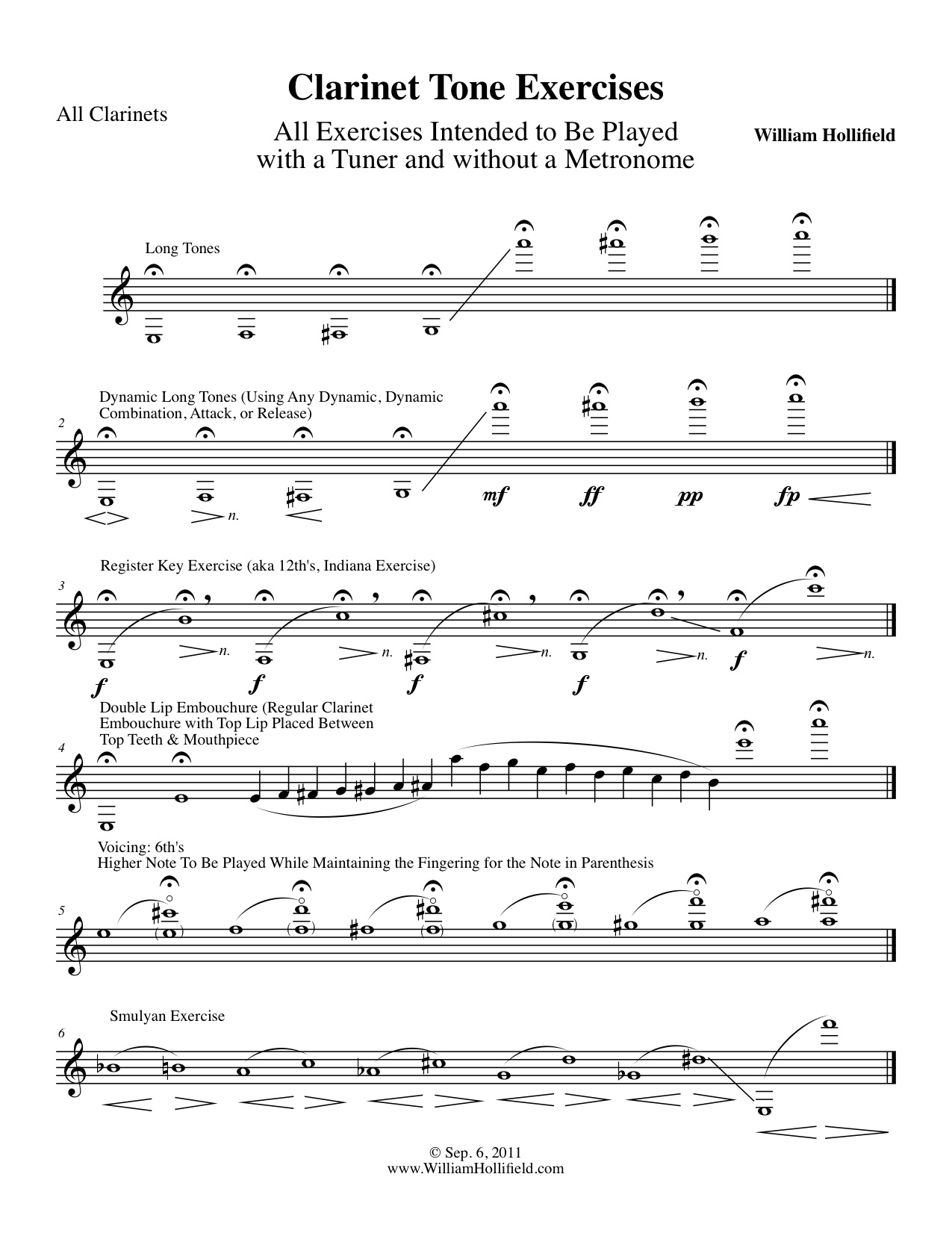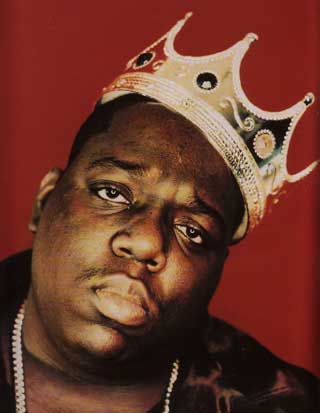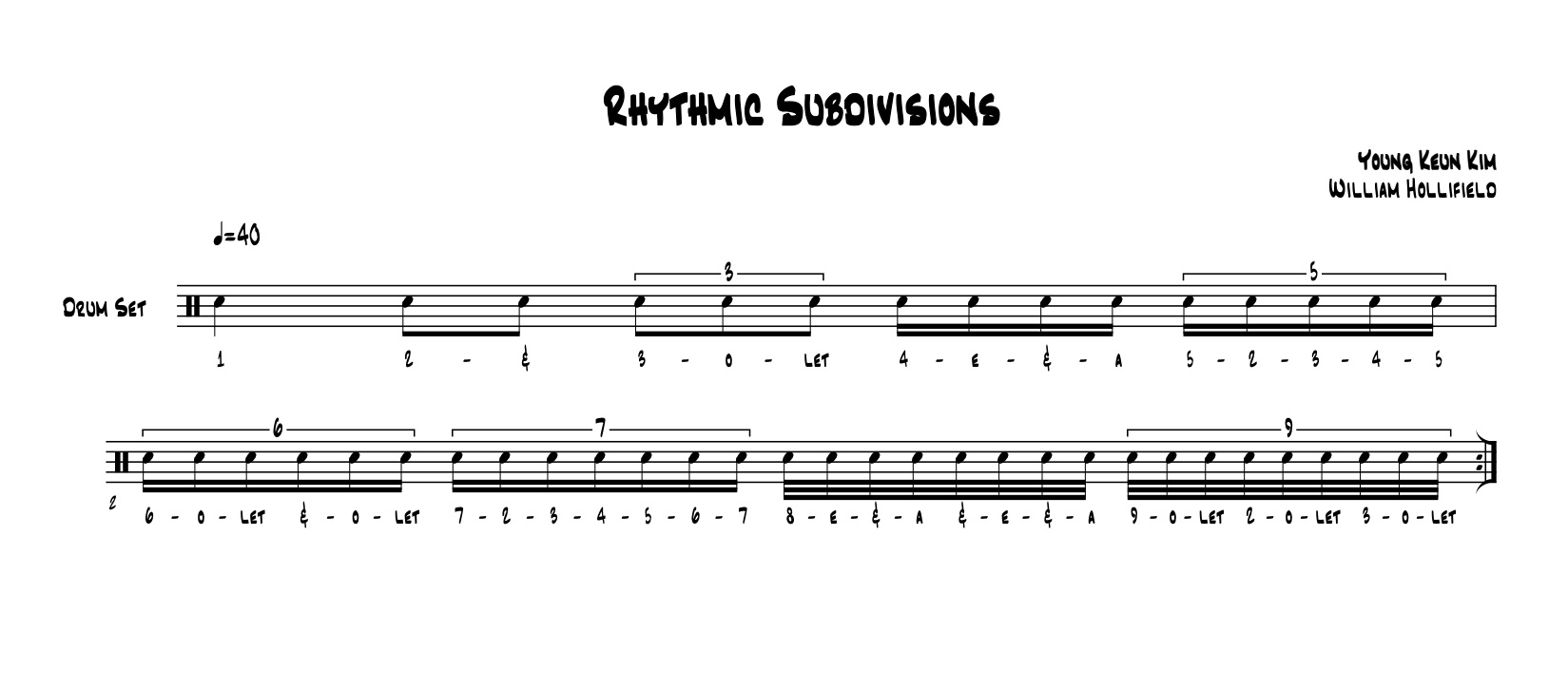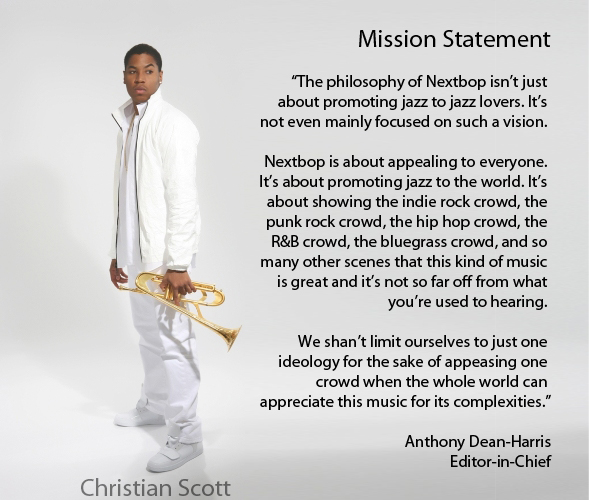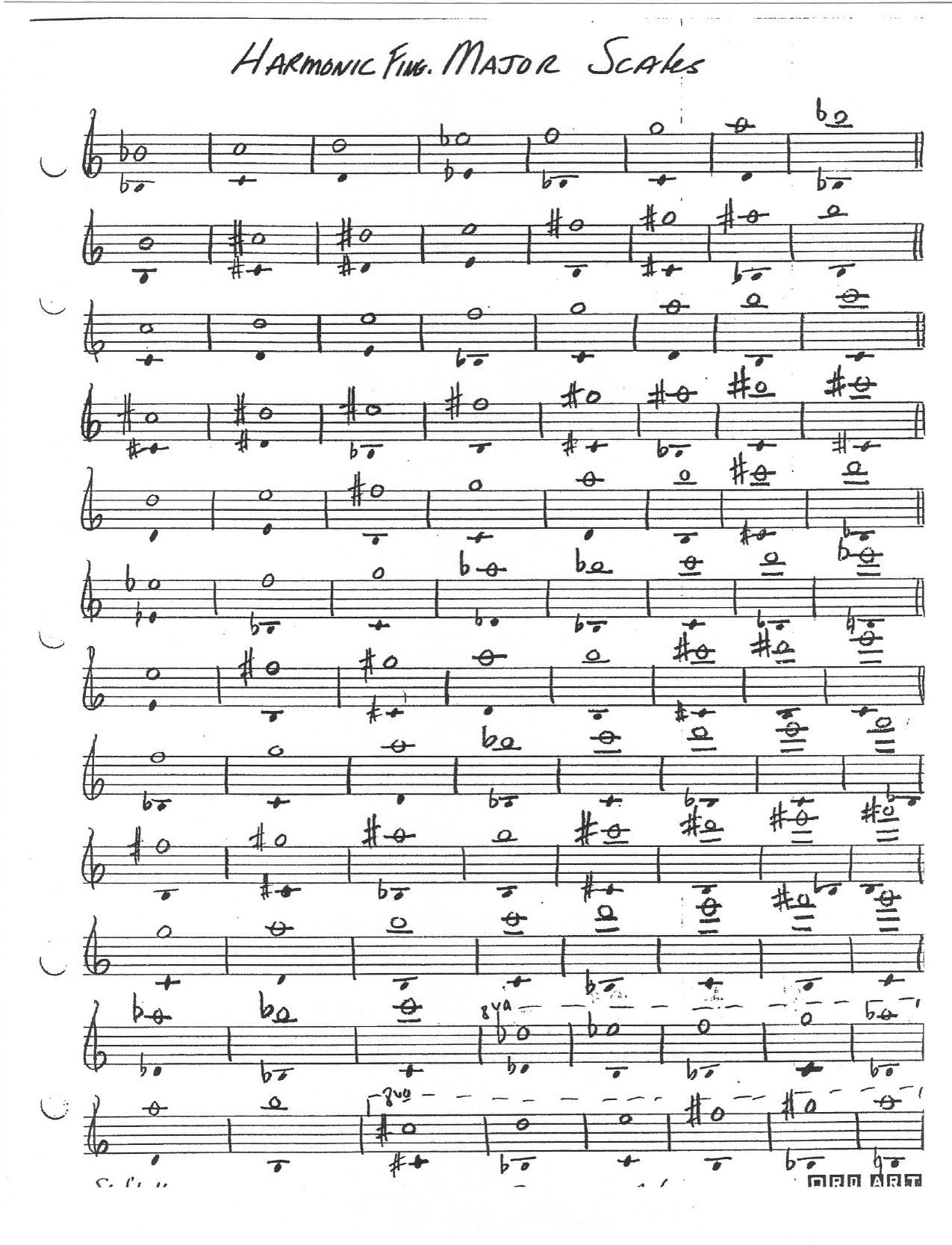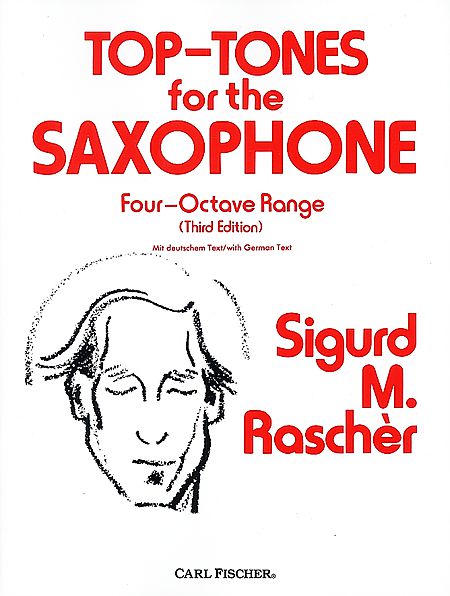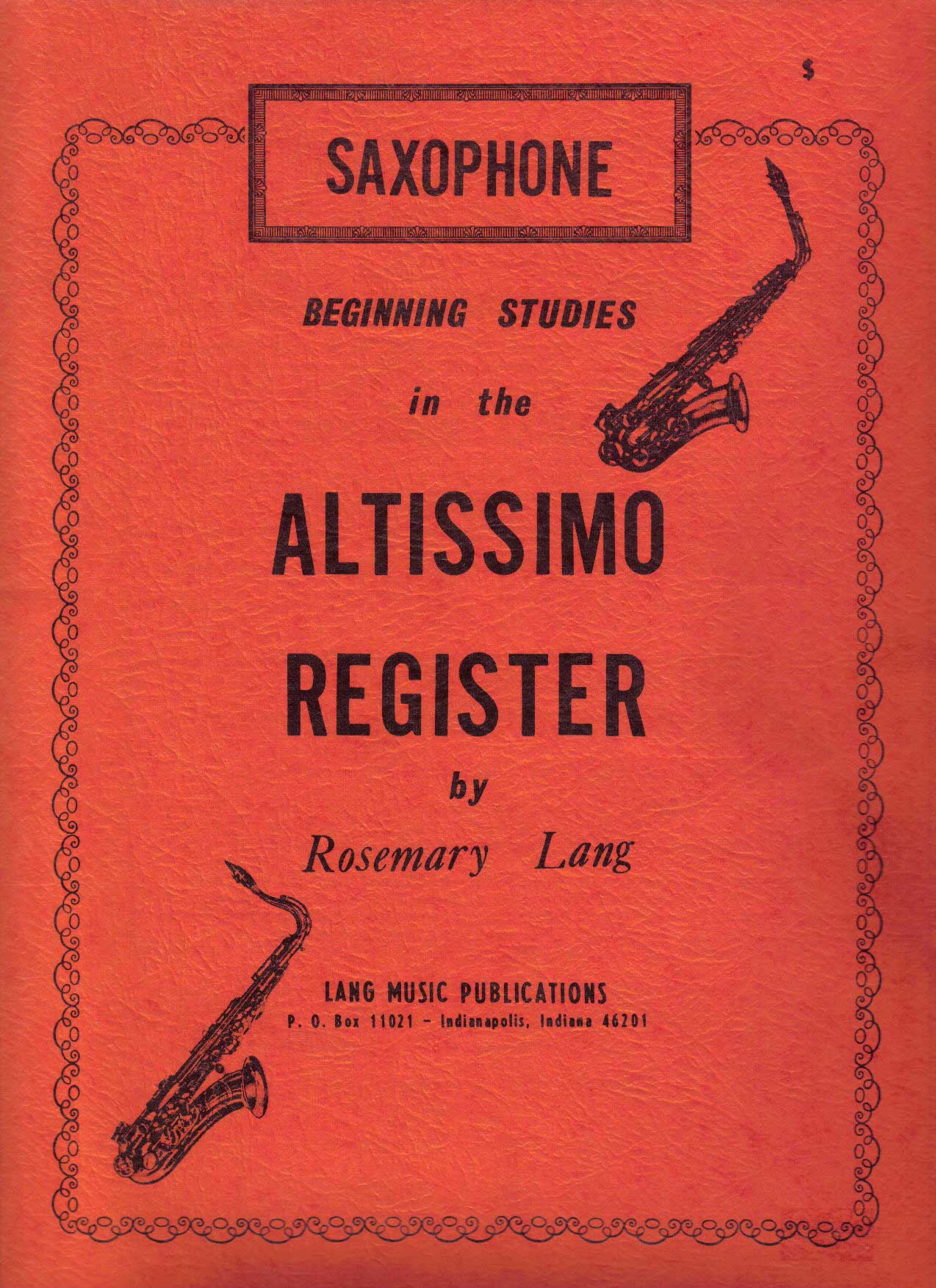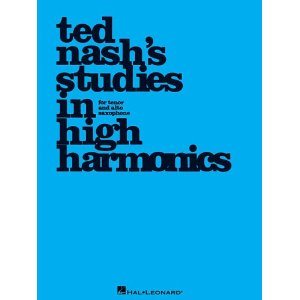For professional musicians and advanced students, this is a fairly obvious statement: equipment matters. You’ll see a host of jazz, classical, R&B, rock, Latin, etc. musicians all with different equipment and in many different combinations. For the beginning student, the subject of equipment is rarely discussed even though it is actually fairly simple, plays a major role in the student's overall development and, more importantly, overall enjoyment in playing an instrument. There are 5 major components of saxophone equipment, all of which I’ll discuss here to save you money in the long run and make sure that you’re getting the most out of the instrument right off the bat.
With people that are new to learning an instrument, you might notice that at the beginning there’s this seemingly huge monetary investment. Reeds, then renting a horn, then a book, then a mouthpiece, then if there’s further interest you need lessons, etc., etc. It’s overwhelming. Confused customers can fatten up the cash registers and still not end up with what they need. There are SO many different pieces of equipment out there claiming to do this, that, and the other it’s difficult to either a) spend ANY money on anything waiting for better information or waiting to be advanced enough to buy something, or, b) leave the store without spending a hundred bucks every visit.
It’s this scenario that plagues parents of new music enthusiasts and stifles students’ growth. Hopefully, this information will give you a nudge in the right direction.
UPDATE: I've also included a link to Bob Reynolds' site where he talks about equipment. I completely agree with everything Bob says. Remember, the info on this page is a basic starting point; there is no piece of equipment that will automatically make you a "saxophone god". This is a list of reliable and fairly inexpensive materials that should take some of the worry and stresses out of the first few months or first year of learning. No piece of equipment is going to substitute for hard, sustained work.
Bob's Thoughts on Equipment
Mouthpiece
Don’t overlook a good mouthpiece. I know, some of these mouthpieces (especially for saxophone) are ridiculously expensive. There are tons of them and everyone you talk to gives you different information. The mouthpiece with rental equipment is rarely given a second thought and is, quite frankly, often a PIECE OF JUNK. I can’t stress that enough. Starting out on a good mouthpiece is not only going to make learning an instrument easier, it’s going to help with overall long-term development. Whether your interest is in Jazz or Classical, and if you’re a student in K-12 get a classical mouthpiece FIRST before delving into the world of jazz, there are really only a few options.
- Selmer C*
- Eugene Rousseau 4R or 5R
- Jazz Mouthpieces:
Keep in mind these mouthpieces are equipment that most professionals, even jazz and classical ‘superstars’, have either played on or still use for their setup, however, usually with modifications (re-facings), or the vintage versions. Another disclaimer is that these are just suggestions for starting points. The jazz mouthpieces listed are fairly 'middle-of-the-road' mouthpieces without a lot of bells and whistles. This is usually where people start to make sure that they're developing their tone correctly and because these mouthpieces have a handful of sonic possibilities depending on what kind of sound you're going for. Other mouthpieces to check out: Berg Larsen; Vandoren Optimum, V16, & Java; Jody Jazz; Guardala (the PMS version, but pricey); Morgan; Yanagisawa.
If it were me, I would look at one of the Otto Link 'New Vintage' models on the Sax-ccessories website. I play an Otto Link New Vintage model. It has a nice sound, however, if you just get one off the shelf (like I did) it comes with one huge flaw: the tip of the mouthpiece is shaped for a reed type that no longer exists (for shame Otto Link!). The ones on Sax-ccessories have been hand-faced by one of the highest recommended mouthpiece re-facers in the country. I feel this is the cheapest and best option for someone looking for their first or second jazz mouthpiece.
Reed
Looking in the stores there can seem like a million different types. This is even easier than mouthpieces: Classical, check out Vandoren Size 2 – 3, LaVoz Mediums, Hemke 2-3 (Vandoren’s are usually preferred, pretty much based on some random popularity contest that happened way back when at some point, but pick whichever YOU like best). Jazz, look at Vandoren Java 2 – 3, Rico Jazz Select 2M – 3H, or Vandoren ZZ’s 2 – 3. And, yes contrary to popular opinion, Rico reeds are a fine. There is no right or wrong, there's just what sounds good. Obviously, there are a ton of other choices out there. You’ll have to find what you’re comfortable with as you go along; these are just some starting points. If you’re interested in upgrading from these, check out Roberto’s Reeds or Alexander Reeds (DC, NY, Superial, Classique). I’ve played/play both and while they’re more expensive, virtually each reed out of the box plays (compared to 4-6 out of 10 with Vandoren). Other brands that I've heard great things about but haven't tried: Rigotti Gold, Grand Concert Select, & Daniel's.
Ligature
This is a point of contention between the band community and myself. Your band director may recommend a Rovner ligature. PLEASE, for the love of all that is holy, don’t start using this ligature until you’ve played on your regular brass ligature that comes with the horn. I know this seems odd not to move to something more expensive, but leather ligatures tend to stifle vibration in the reed. And, it’s vibration in the reed and to learn to control the vibration that is of the upmost importance to tone on single reed instruments. While it may make the sax section play quieter in band, it is detrimental to the long-term development of playing saxophone. Learning to play at different dynamic (volume) levels is part of learning an instrument. The Rovner ligatures are good, I’ve played on them, most people I know have played on them, but we moved on to something better or use it for the exact sonic properties that it achieves.
Also, make sure that the el-cheapo brass ligature fits ‘correctly’. If the ligature is placed on the mouthpiece where it sits in the middle of the skin part of the reed and it is too loose after tightening the screws all the way, or requires the screws to be hanging on by one thread, then it’s not the right size. This is a $2 fix at any music store and will make set-up/tear down much easier.
Neck Strap
This particular piece of equipment is based on personal preference, but will save you some pain and some time. Find something that will securely hold the horn, that’s comfortable, and easily adjustable. Here are four things to look for in your decision on the right strap:
- Connection – Metal Hook coated with heavy-duty rubber: Plastic hooks have a tendency to break at any time. Avoid this by using a strap that has a metal hook. But, make sure that the hook is coated in a durable material, usually some type of rubber. If there’s no coating you risk scraping up the part of your horn surrounding the loop. Some people will tell you "Don't buy one that has an open hook!" Well, from a woodwind doubling stand point, you just don't always have time to unclasp. If you're putting the open hook in the CORRECT way, you probably won't encounter this very much. However, I get the argument.
- Shoulders or Neck?: Check out what part of the body the strap sits. Some sit on the back of the neck, others rest more on the shoulders/Traps. The ones resting on your Trapezius muscles, in my opinion, are more comfortable. The weight is distributed over more surface area of the body and over a more secure part of your body.
- Padding – How much is too much?: You are eventually going to want SOME padding. However, some straps (somewhat revised in recent years) have rigged up a rubbery material that sits on the back of your neck but is so elastic that the horn actually bounces like a bungee jumper. Others take a regular nylon strap and throw a 10-pound cotton pad around the portion that sits around your neck and bulges everywhere while being worn. This is TOO MUCH PADDING. You want some padding that’s going to make this god-awful contraption feel somewhat ok, but anything that is bulky, looks too weird, is difficult to maneuver, or doesn’t keep the horn in a secure, steady location, is not going to be ideal. Trust me, I probably spend 10% of a student’s lesson time EVERY lesson waiting while they fight and tussle with a less than ideal strap.
- Cord: I mentioned before about the nylon strap. This is usually a ¾ - 1” wide piece of nylon that acts as the main harness material. Shy away from these. They may have come free with the horn, but they have no business around your neck. They hurt and, especially for younger students, are impossible to adjust correctly. This adds to the wasted time that accrues fiddling with a neck strap.
- Length: Probably the most important point here is that the strap be a good length. Follow the sizing instructions that come with every neck strap (Alto/Soprano, Tenor/Bari, some are labeled Tenor/Alto). You want to be able to raise the neck strap to the proper height without it feeling like a neck tie that's trying to strangle you as you play.
Here are some suggestions:
Last, and surprisingly pretty much least, The Horn:
While this is a huge part of learning an instrument and eventually you will want to upgrade, most horns that are in good playing condition are going to be fine to begin learning on. If you spend the effort looking for the four previous items, the horn isn’t going to be as big of a factor as you might think. There are a couple of tips I can give you, though.
- Have it adjusted: You may not want to hear this, but it’s been my experience that some stores renting instruments will rent about whatever horn in WHATEVER CONDITION. Some of the places I’ve taught have actually tried/wanted to rent a student an instrument that I’ve told them does not work, but were just going to advise them to get the insurance rather than fixing the aforementioned instrument before it could be used in the rental pool. Of course, you’re going to want to get insurance on the horn especially if you’re renting for a young beginner. You never know what can happen. But, have it tested by someone you trust before renting. Also, get the insurance and if something doesn’t work have them fix it, even if it’s something minor (e.g. screws missing, corks/felts missing, minor leaks, etc.)
- Don’t mess with adjustment screws: You know those screws on the side of the horn that don’t seem to screw anything down, and they kind of look like they’re not screwed in all the way, right? DO NOT TOUCH THOSE! Those are called adjustment screws. It can turn your average saxophone into a terrible intonation and leaking nightmare if you don’t know what you’re doing. This is something to leave up to a tech to make sure everything seals and is in tune.
- Palm Keys & Side Keys: Horn manufacturing has changed since my days of playing on my student model Yamaha. One thing in particular that pains me to no end and causes so much grief with students is the set up of the palm keys. These are the keys that you access with the palm of your left hand (the three tear drop looking ones).
 Manufacturers have seen professionals like myself add risers to some or all of these keys closing the distance between these keys and an ADULT’s hand. Well, they think they’re pretty clever and have started manufacturing these keys with a greater distance from the horn body. They almost fit an adult’s hand, but if you’re a young person whose hand can barely grab an apple, these keys have to be the DUMBEST things created. Students have trouble with this because this added height puts the rest of their hand out of position for the keys for their first, second, and third fingers – the MAIN keys for your left hand. And, since these keys force people to bend their wrist while playing (did someone say risk for Carpal-Tunnel?), it affects the ability to access the left hand pinky keys. The placement of the side keys (next to your right hand, look like small rectangles) is another difficulty in beginning saxophone technique. Manufacturers have designed these, for some reason, to be higher on student horns than on professional model horns - I don't know why. This is going to hinder correct usage of alternate fingerings (side C, side Bb), notes in the upper register (high E & F), and notes in the altissimo (fingerings depend on the horn - however this is something that you may not deal with much or at all as a beginning saxophone student). Realize that as you upgrade horns, this won’t be as much of a problem. However, keep an eye on your left hand and wrist. If your wrist is bent, up, down, side-to-side, whatever, the horn may not be the best fit. Try and find one with as little height skewing as possible. If your horn isn't quite right and there's no way to trade it out, don't fret.
Manufacturers have seen professionals like myself add risers to some or all of these keys closing the distance between these keys and an ADULT’s hand. Well, they think they’re pretty clever and have started manufacturing these keys with a greater distance from the horn body. They almost fit an adult’s hand, but if you’re a young person whose hand can barely grab an apple, these keys have to be the DUMBEST things created. Students have trouble with this because this added height puts the rest of their hand out of position for the keys for their first, second, and third fingers – the MAIN keys for your left hand. And, since these keys force people to bend their wrist while playing (did someone say risk for Carpal-Tunnel?), it affects the ability to access the left hand pinky keys. The placement of the side keys (next to your right hand, look like small rectangles) is another difficulty in beginning saxophone technique. Manufacturers have designed these, for some reason, to be higher on student horns than on professional model horns - I don't know why. This is going to hinder correct usage of alternate fingerings (side C, side Bb), notes in the upper register (high E & F), and notes in the altissimo (fingerings depend on the horn - however this is something that you may not deal with much or at all as a beginning saxophone student). Realize that as you upgrade horns, this won’t be as much of a problem. However, keep an eye on your left hand and wrist. If your wrist is bent, up, down, side-to-side, whatever, the horn may not be the best fit. Try and find one with as little height skewing as possible. If your horn isn't quite right and there's no way to trade it out, don't fret.
Plenty of people, including myself, have learned to play saxophone on less than stellar equipment. As with most musical concepts, the work is largely in the hands of the player. If you put in earnest time, explore the possibilities of music, and most importantly make sure you enjoy playing, you'll find your way through. And, never be afraid to ask questions of many different people, both piers, teachers, and mentors. Everyone has a different take on things, equipment especially, so make sure you listen to everyone's opinion, try out different things, and find what's right for you. Be wary of information coming from anyone who "know's the mouthpiece for you", but you're better off listening to 100% of suggestions and getting 5% bad information rather than dismissing any and all opinions.
If anyone has any thoughts on equipment (and I know you do), throw them down in the comment box.







